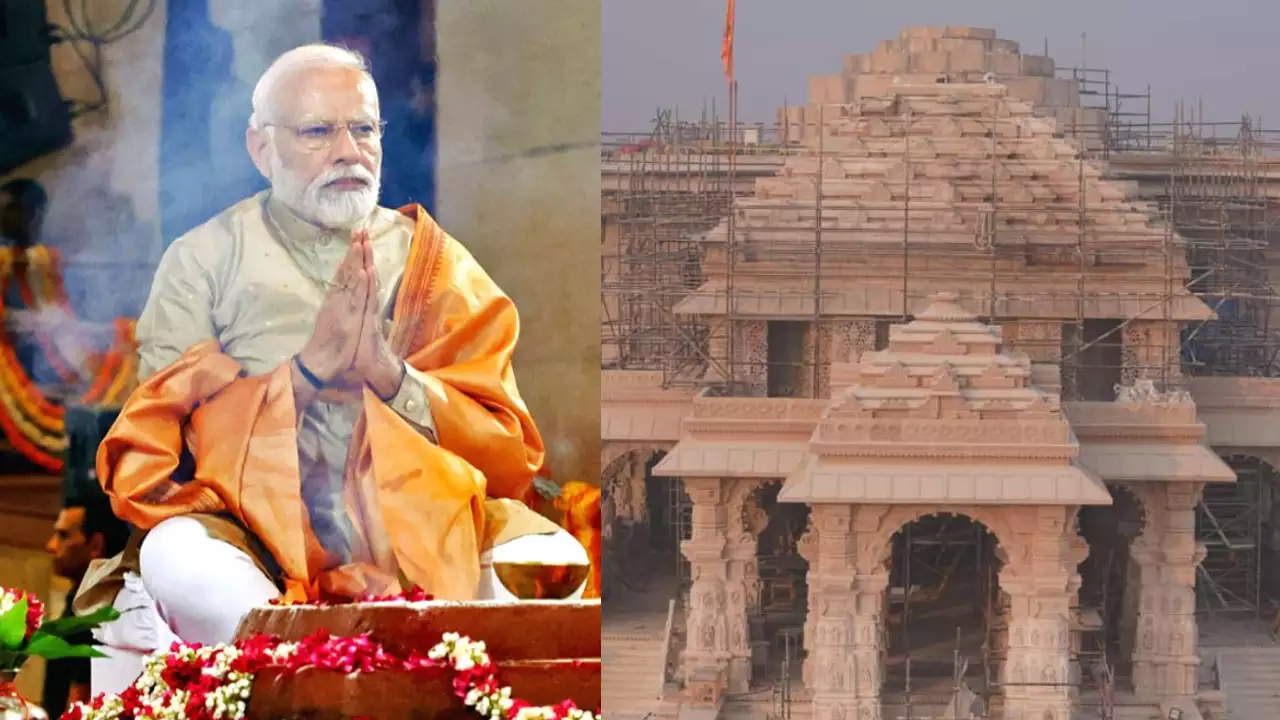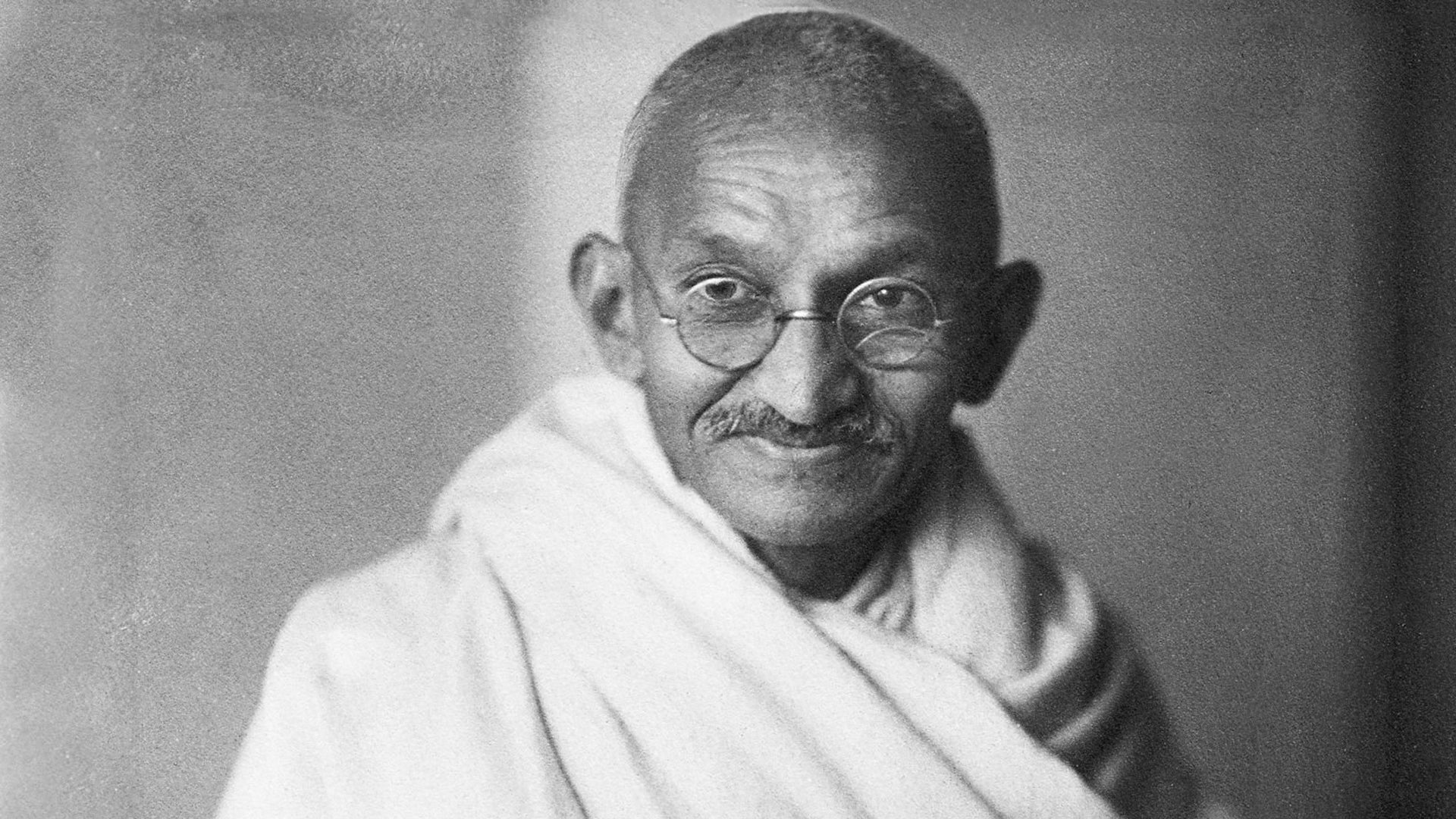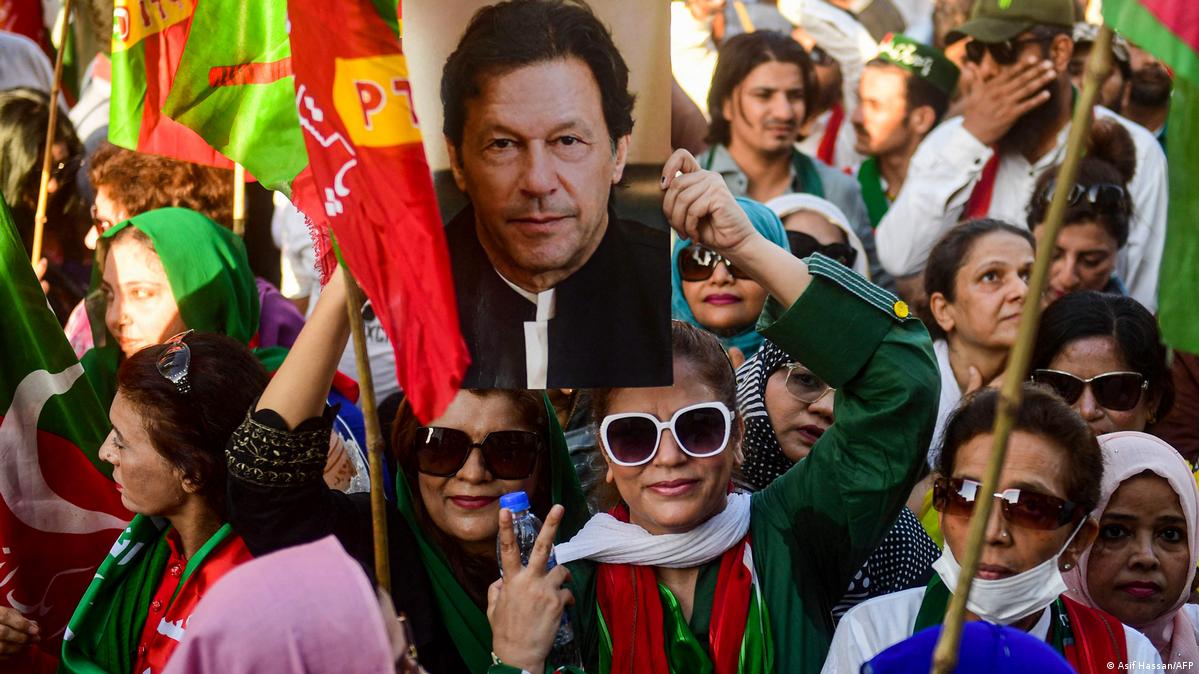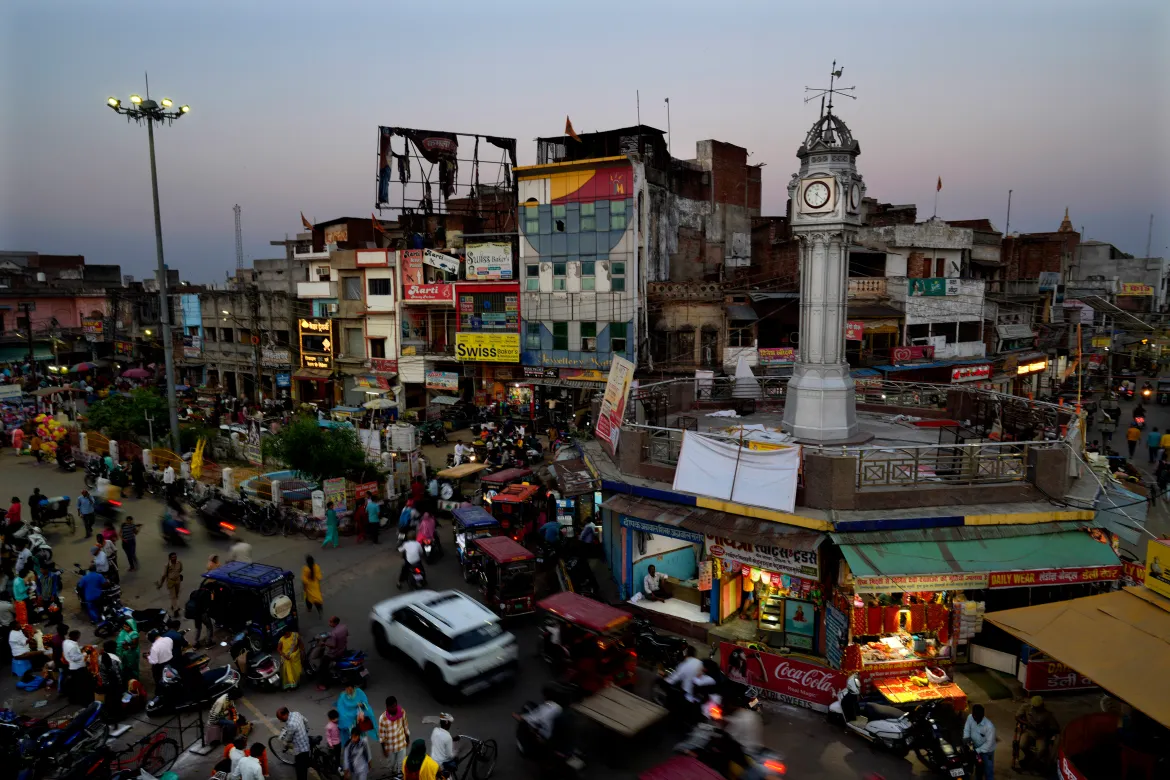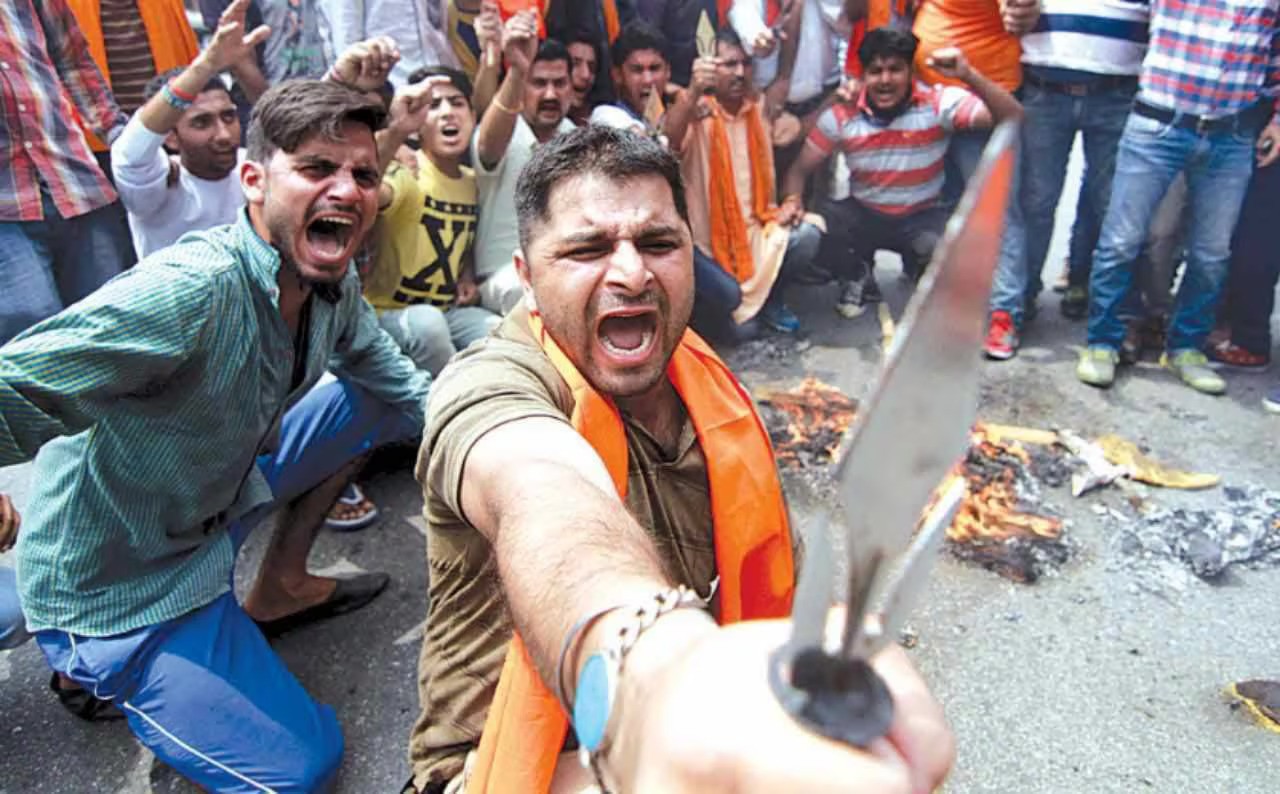Following the magnificent opening of Ram’s temple, the impact of the spectacle is still felt, prompting many people to reflect on how religion and power are changing in the country. At the centre of this story is Prime Minister Narendra Modi, who on that momentous day personified both state power’ and religious strength,’ a combination that prompts questions about how to strike a delicate balance between secular principles and the burgeoning religious activity.
Historically, the cooperation of the state and religion was commonplace in the feudal era, when leaders and religious leaders collaborated to support one another’s dominance. The connection between a priest and a landlord is symbolised by the word ‘Shetji-Bhatji,’ which sensitively captures this historical synergy in Maharashtra. As seen by the inauguration, the modern expression of this partnership represents a break from the nation’s secular principles, which were, until recently, maintained by the government, albeit weakened.
In a letter to President Dr. Rajendra Prasad, Jawaharlal Nehru reflected on the early years of India’s independence and stated his reluctance to be associated with the Somnath Temple’s ceremonial opening. Nehru was worried about the ramifications of taking part in a ceremony that made it difficult to distinguish between matters of state and religion. Seven decades later, we witness an entirely different world in which the Union Cabinet adopts a resolution commemorating the incident as a symbol of India’s newly found unity and the prime minister pompously inaugurates a temple.
It is clear that India’s secular principles are eroding since, in modern discourse, the word “secular” itself has become forbidden. Nehru, who was aware of the religious undertones in society, recommended against the official opening of the Somnath Temple. The Indian Constitution’s authors intended for secular values to lead the country in spite of societal religiosity; the current situation deviates from this delicate equilibrium.
The historical narrative espoused by the ruling class depicts India’s past as one of “slavery,” especially during the authority of Muslim monarchs. This approach, though, oversimplifies the intricacies of history. Wealth draining or outside control are two ways to characterise slavery in a certain area. Unlike the British, who came after them, the Muslim rulers of India resided in the area and worked with the local authorities. They did not experience a systematic depletion of wealth. This historical detail casts doubt on the idea of a millennium of slavery during the authority of the Muslims.
The ideals that underpinned numerous parallel campaigns for workers’ rights, social equality, and agrarian reforms are the foundation of the idea of India’s soul, as formulated during the independence movement. Important roles were performed by individuals such as Jyotirao Phule, Savitribai Phule, Bhimrao Ambedkar, and Ramasami Periyar Naicker in the transition of Indian society from a feudal to a democratic framework. The battles for freedom, equality, and brotherhood gave rise to the Indian Constitution, which is praised as the epitome of India’s spirit.
But the modern environment offers a sharp contrast. Despite assertions of solidarity, the push for the Ram temple has taken a toll on the social fabric. Over the past few decades, there have been deaths, marginalisation of minorities, and worsening of the conditions of Dalits, Adivasis, women, and labourers. The impact of the temple campaign is seen in social indices and the rise of Muslim ghettos, underscoring the polarising effects of claiming political power in the name of religion.
Ram has been interpreted differently over time, despite being a uniting character in many situations. Interpretations vary greatly, ranging from a legendary person to the epitome of universal humanism. But Ram is often portrayed as exclusive in the political narrative of today. The inclusion and diversity that were once fundamental to the structure of Indian society are called into question by this change.
In conclusion, the opening of Ram’s temple is more than just a formal occasion; it also represents a change in India’s power structures and prevailing narratives. Once maintained to support secular principles, the delicate balance between the state and religion is currently tilting towards a more religiously infused discourse. It is crucial to consider the essence of India’s soul as envisioned during the liberation movement and work towards a future that welcomes variety and inclusivity while the country struggles with these changes.
